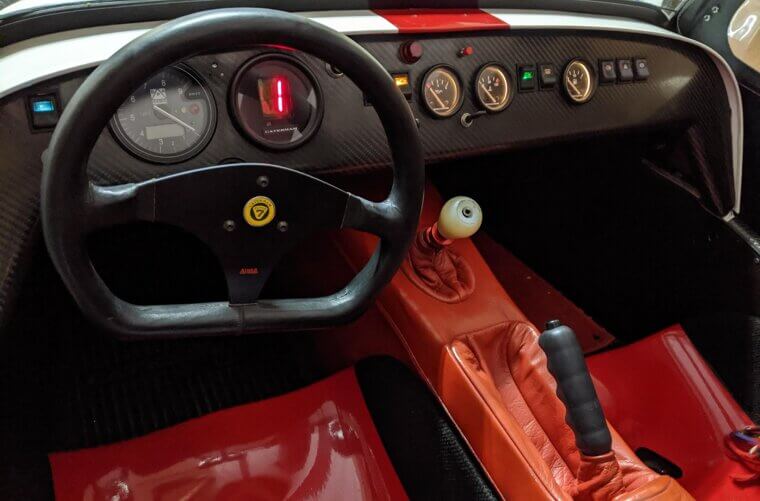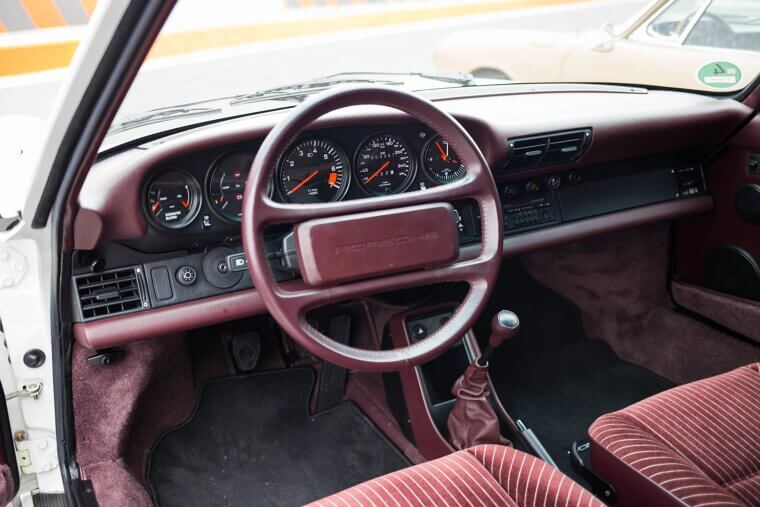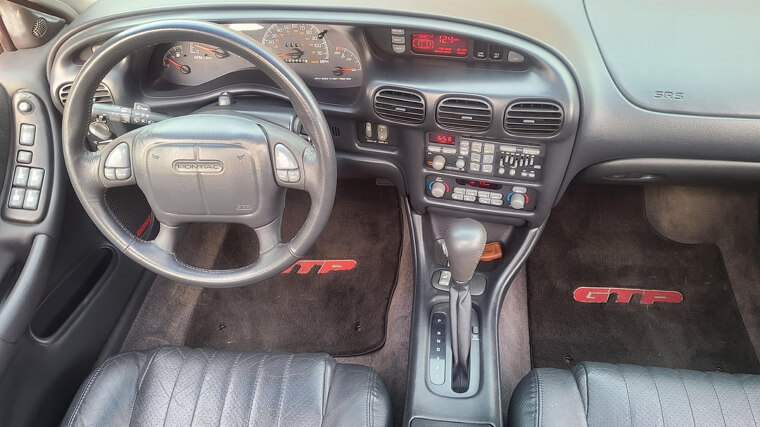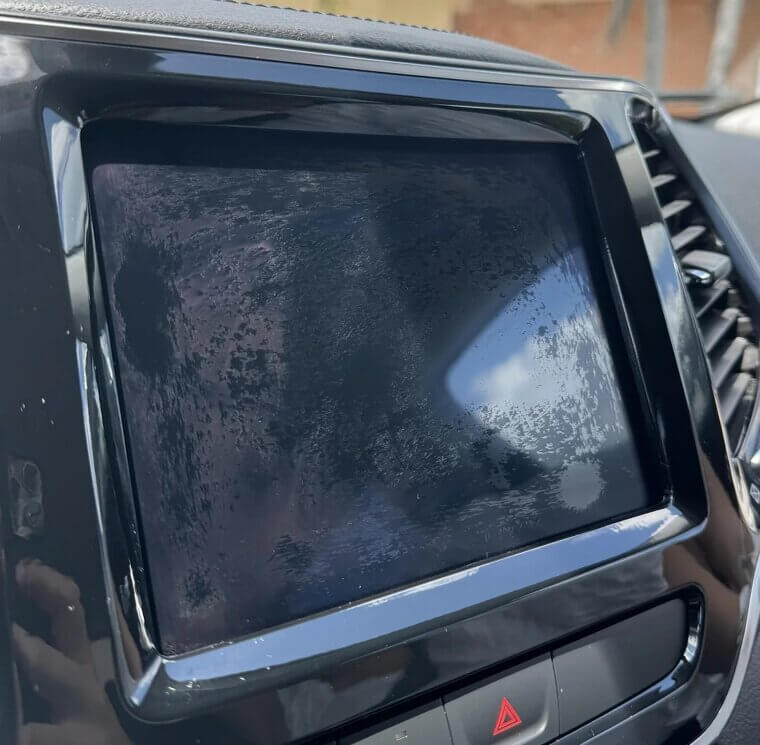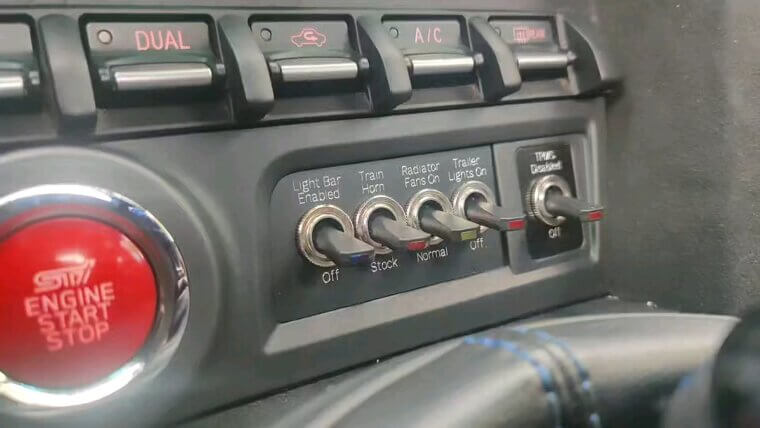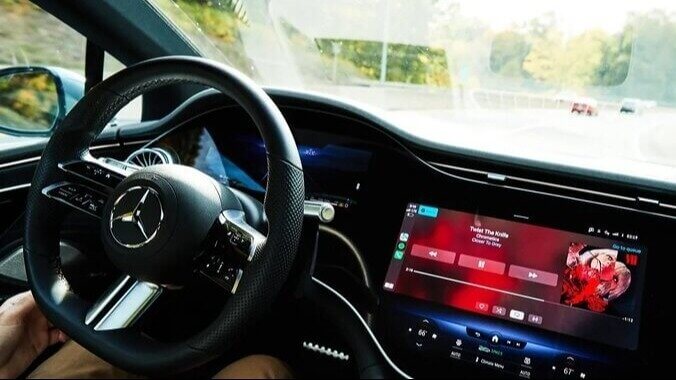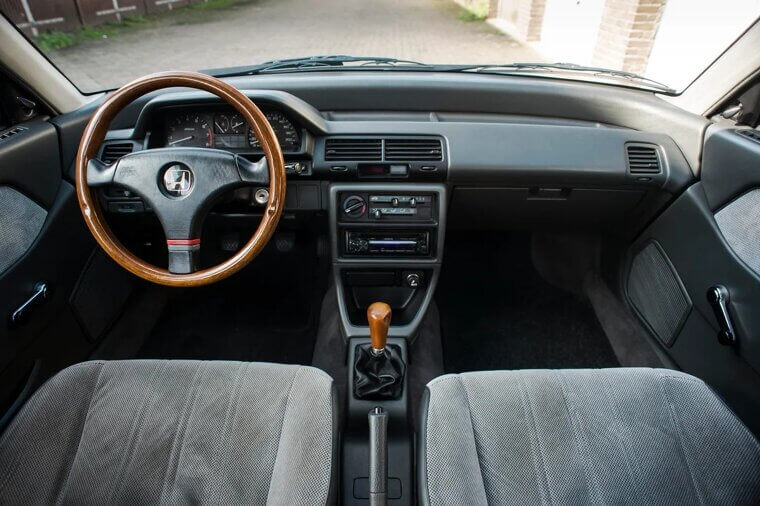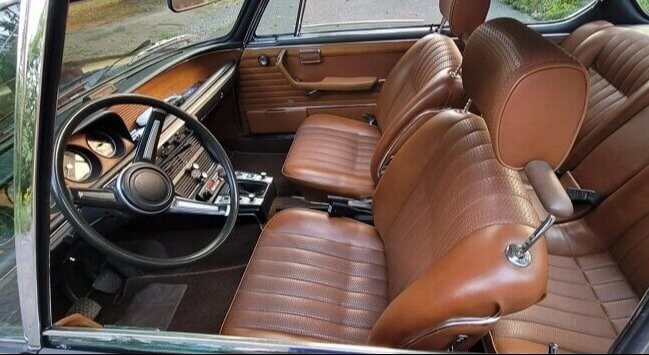Bring Back the Old-School Car Dashboard
As modern technologies, such as touchscreens, are introduced into the automotive world, many drivers are concerned about their impact. Massive display screen center consoles are all the rage, but drivers are left longing for a tactile button experience. Here are 10 reasons why drivers want to return to the button-filled dashboards they are accustomed to.
Tactile Feedback Is Safer
While touchscreen displays may look fancy and appealing, there are many reasons why they are less safe than traditional buttons. One of the major concerns is the lack of tactile feedback. Without vibrations or clicks to let you know you have selected your input, you could be putting yourself in danger by keeping your eyes off the road.
Easier to Use While Driving
The instant feedback of a button will always outshine a touchscreen input. Functions such as adjusting the temperature or skipping songs can be done intuitively. While touchscreens often require navigating through numerous unnecessary menus to access a simple feature. A touchscreen may also experience lag or delay, which could be distracting to a driver while in motion.
Glare and Smudges
Unlike touchscreens, buttons don't get smudges or reflect light. A center touchscreen console can easily get messy and become a disturbance on the road. Fingerprints are common on touch screens, while traditional buttons will remain clean and legible. It makes buttons more reliable for glances and adjustments.
Reliability in All Conditions
Physical buttons can be counted on in any weather condition. It doesn’t matter if you’re wearing gloves on a cold day or not. Many touchscreens struggle to function in extreme conditions, often experiencing delays or malfunctions. Buttons are more dependable in real-life scenarios.
Lower Repair Costs
The cost of repairing a physical button is significantly cheaper than repairing a broken touchscreen. Buttons, switches, and dials are a quick and cost-effective fix. At the same time, touchscreens require much more attention and money. It makes older configurations more budget-friendly over the long term for both owners and insurance companies alike.
Muscle Memory Matters
After regular use of a traditional button configuration, drivers will build rapport and muscle memory. Instinctively, drivers will then know where to reach for the button without taking their eyes off the road. This seamless interaction has kept drivers safe for decades. Touchscreens lack this intuitive familiarity.
Reduces Information Overload
Many modern touch-screen displays show too much information on the screen at once. It can be overwhelming and confusing to drivers. Traditional dashboards keep it simple and only display essential, intentional functions. The straightforward layout reduces cognitive overload, allowing the driver to process information more effectively.
Better Night Time Visibility
Touchscreens will often emit a harsh light that can disrupt night vision or cause glare in the interior. However, a softly backlit button remains understated and convenient. Drivers are accustomed to a subtle, consistent glow as opposed to the unpleasant radiance of a touch screen at night.
Fewer Accidental Presses
Touch-screen displays can often be small, and navigating them can be a challenge, even when trying to perform a simple task. Missed inputs are frustrating for drivers, especially when the console registers the wrong command. Touch screens are also less convenient than physical buttons, especially on bumpy roads.
Nostalgia and Driver Connection
Physical buttons have been a staple of cars since their inception. Drivers are accustomed to them, and having built-in dials, buttons, and knobs evoke a specific mechanical engagement and satisfaction that touchscreens cannot offer. For some, it's about remembering a specific vehicle and recapturing that classic analog charm.

